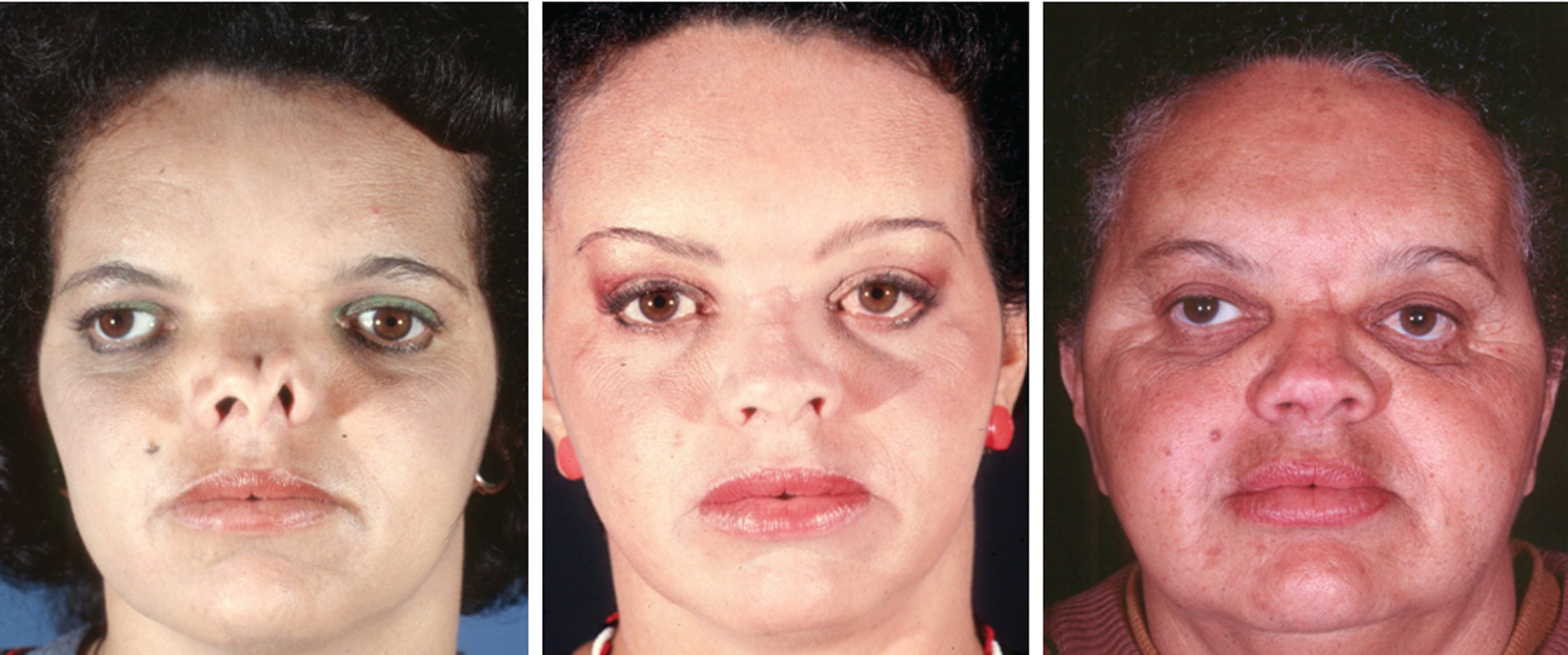Saturday, October 2, 2010 - 10:35 AM
17998
Optimal Timing for Surgical Correction of Hypertelorbitism Based On a 30-Year Experience
Introduction: There is currently no universally accepted optimal time for surgical correction of hypertelorbitism, nor is it clear whether the severity of the presenting deformity impacts relapse rates. This study aims to address these issues by analyzing a single-center, 30-year experience with hypertelorbitism correction. Methods: We retrospectively reviewed the prospectively maintained medical records of patients who underwent hypertelorbitism correction at a single institution between 1975 and 2005, and who had greater than 5 years of postoperative care. Patients were stratified into groups based upon age at primary surgical correction (early: < 8 years; late:8 years), as well as the severity of the initial deformity (moderate: bony interorbital distance (BIOD) ≤ 40 mm; severe: BIOD > 40 mm). Measurements of BIOD at initial, postoperative, and long-term follow-up presentations were compared. Orbital relapse was calculated as the difference between the initial postoperative and long term follow-up BIOD. Student t-tests were used to compare results between age and severity groups. Results: A total of 22 patients met inclusion criteria for this study. The average patient age at the time of surgery was 10.6 years (range, 3 to 32). Mean length of patient follow-up was 15.2 years. Among all patients, the average preoperative BIOD was 42.1 mm (range, 34 to 74 mm). The average operative reduction in BIOD was 15.5 mm (range, 7 to 42 mm). The average orbital relapse was 4.2 mm (range, 0 to 15 mm). In the early vs. late surgery subgroups, relapse was 5.9 mm vs. 1.8 mm (p=0.0142). There was no significant difference in relapse between the severity subgroups (p>0.05). Conclusions: Surgical correction of hypertelorbitism in patients younger than 8 years of age leads to a significantly higher rate of BIOD relapse compared to older patients. However, the initial degree of severity does not significantly correlate with relapse rates. Based on this study, which we believe is the longest longitudinal study on this subject presented to date, we recommend that in the absence of urgent factors necessitating early intervention, hypertelorbitism correction should be performed after 8 years of age. Figure Legend: (Left) Patient diagnosed with 1-13 Tessier cleft preoperatively. (Center) Postoperative frontal view 1 year after the operation. (Right) Postoperative frontal view 23 years after the operation.
See more of Cranio/Maxillofacial/Head and Neck Paper (5 mins)
Back to 2010am Complete Scientific Program

